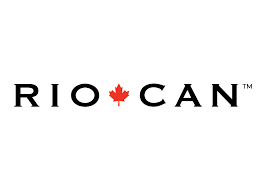In March 2023, a personal finance professional publicly reflected on their decision to remain with a bank that many would consider mediocre for over a decade. The commentary sparked discussions about loyalty, financial literacy, and the influence of personal experiences on financial decision-making.
While it is commonplace to advise consumers to seek out the best banking options, this individual’s experience illustrates that the reality can be more complex. Despite their expertise, they remained with a bank that offered limited services and lower interest rates, which they later recognized as a poor financial choice.
Understanding the Reasons Behind Loyalty
The writer explained that their choice was influenced by convenience and familiarity. For many, switching banks can feel daunting, leading to a reluctance to disrupt a long-standing relationship. There is often a fear of hidden fees, complicated processes, or losing access to established services.
In this case, the bank in question, which has not been specifically named but is described as a major institution, provided basic services that met the individual’s immediate needs. The comfort of a single banking relationship outweighed the perceived benefits of exploring alternatives.
During the ten years, the individual did not actively evaluate their bank’s performance. They continued to miss opportunities to earn higher interest rates or access more favorable loan terms. This scenario highlights a common phenomenon known as the “status quo bias,” where people prefer to stick with familiar options, even if better choices exist.
Financial Education and Consumer Awareness
This reflection also brings attention to the importance of financial education. The writer emphasized that many consumers may not fully understand the implications of their banking choices. Without proper guidance or knowledge, individuals may settle for subpar services that could impact their long-term financial health.
According to a recent survey by the Financial Industry Regulatory Authority (FINRA), nearly 40% of Americans lack basic financial literacy. This gap can lead to significant consequences, as individuals may miss out on opportunities to save or grow their wealth.
By remaining with a mediocre bank for so long, the writer’s experience serves as a cautionary tale. It stresses the need for consumers to regularly reassess their financial arrangements and consider whether their current bank aligns with their financial goals.
The author concluded that while their decision may seem misguided in hindsight, it reflects a broader issue in financial behavior. The challenge remains for consumers to move beyond comfort and familiarity, actively seeking better options to enhance their financial well-being.
This examination of loyalty to a mediocre bank underscores the complexities of financial decision-making and highlights the need for continuous financial education. By addressing these issues, consumers can work toward making informed choices that will benefit their financial futures.







